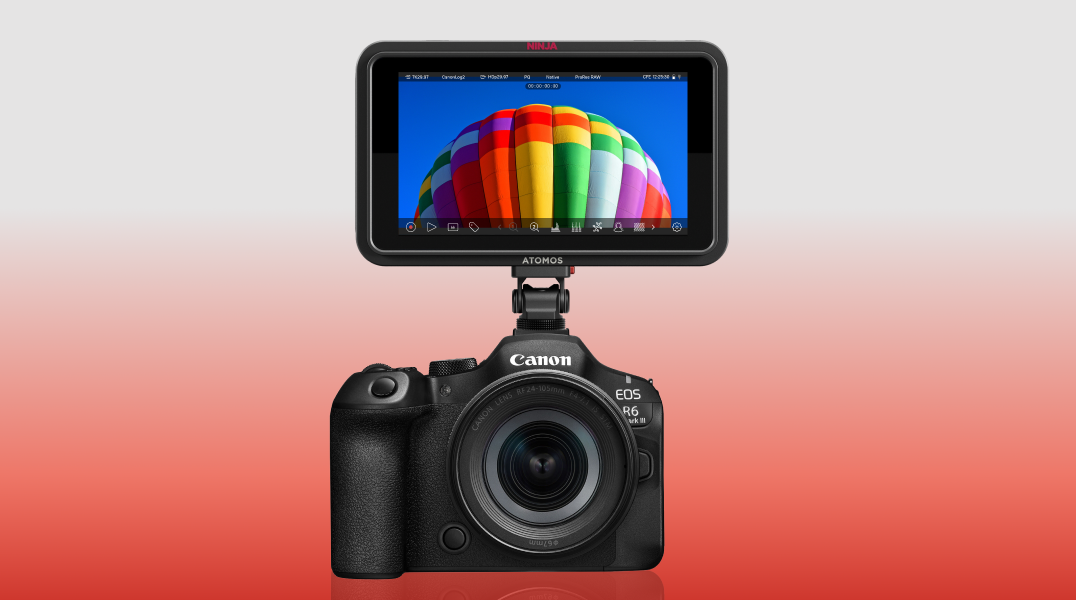Digital plug-and-play rules broad reach to be felt in many areas
News
By
TVTechnology
published
Add us as a preferred source on Google
The FCC’s newly adopted digital plug-and-play rules are far-reaching, addressing areas as diverse as transmission standards and consumer product labeling requirements.
Here are some of the key provisions.
Digital Cable System Transmission Standards and Support Requirements
- Transmission standards: All digital cable systems must operate in conformity with specific technical standards. Waivers are available for small cable systems that would find the standards unduly burdensome.
- POD Security Cards: All cable operators must maintain a sufficient supply.
- High-definition set-top boxes: By April 1, 2004, cable operators must supply, upon request, high-definition set-top boxes with functional IEEE 1394 FireWire connectors. By July 1, 2005, all high-definition set-top boxes would also require a digital visual interface (DVI) or a high-definition multimedia interface (HDMI).
Labeling and Consumer Disclosures
- Labeling: Manufacturers labeling DTV receivers as “Digital Cable Ready” must meet certain technical standards, complete a testing and verification process and equip their receivers with a DVI or HDMI interface using high-bandwidth digital content protection (HDCP) technology.
- Broadcast Tuner: DTV televisions labeled “Digital Cable Ready” must include an over-the-air DTV tuner.
- Consumer Disclosures: Manufacturers must include post-sales material, such as an owner’s guide, language informing consumers about the functionality of the device and the need to obtain a security card from their cable operator.
Limits on Copy Protection Mechanisms
- Selectable Output Control: The current use of selectable output controls by all multichannel video programming distributors (MVPDs) is prohibited.
- Down-resolution: MVPDs may not reduce the resolution of broadcast programming from HD to SD –so-called down-resolution. Down-resolution of non-broadcast programming will be addressed in the Further Notice.
- Caps on Copy Protection Encoding: The encoding rules, which are applicable to all MVPDs, are modeled generally upon the Digital Millennium Copyright Act.
- Application of the rules does not extend to distribution of any content over the Internet or an MVPD's services offered via cable modem or DSL.
DFAST License
- FCC Oversight: The memorandum of understanding included a model agreement for the use of patented scrambling technology for the POD-Host Interface. While no regulatory action was requested on the license, it does contemplate FCC appellate oversight in cases of dispute over compliance and robustness rules.
- Approval of New Connectors and Content Protection Technologies: The DFAST license anticipates FCC appellate oversight in cases of dispute over CableLabs’ determinations regarding the use of new connectors and content protection technologies.
Second Further Notice of Proposed Rulemaking
Get the TV Tech Newsletter
The professional video industry's #1 source for news, trends and product and tech information. Sign up below.
- Potential processes for approving new digital output and content protection technologies.
- Potential requirement of pre-sale consumer disclosures.
- Potential use of down-resolution for non-broadcast programming.
- Potential applicability of rules that apply to 750MHz cable systems to also apply to 550MHz systems.
For all the details, please visit: www.fcc.gov.
CATEGORIES
LATEST ARTICLES
